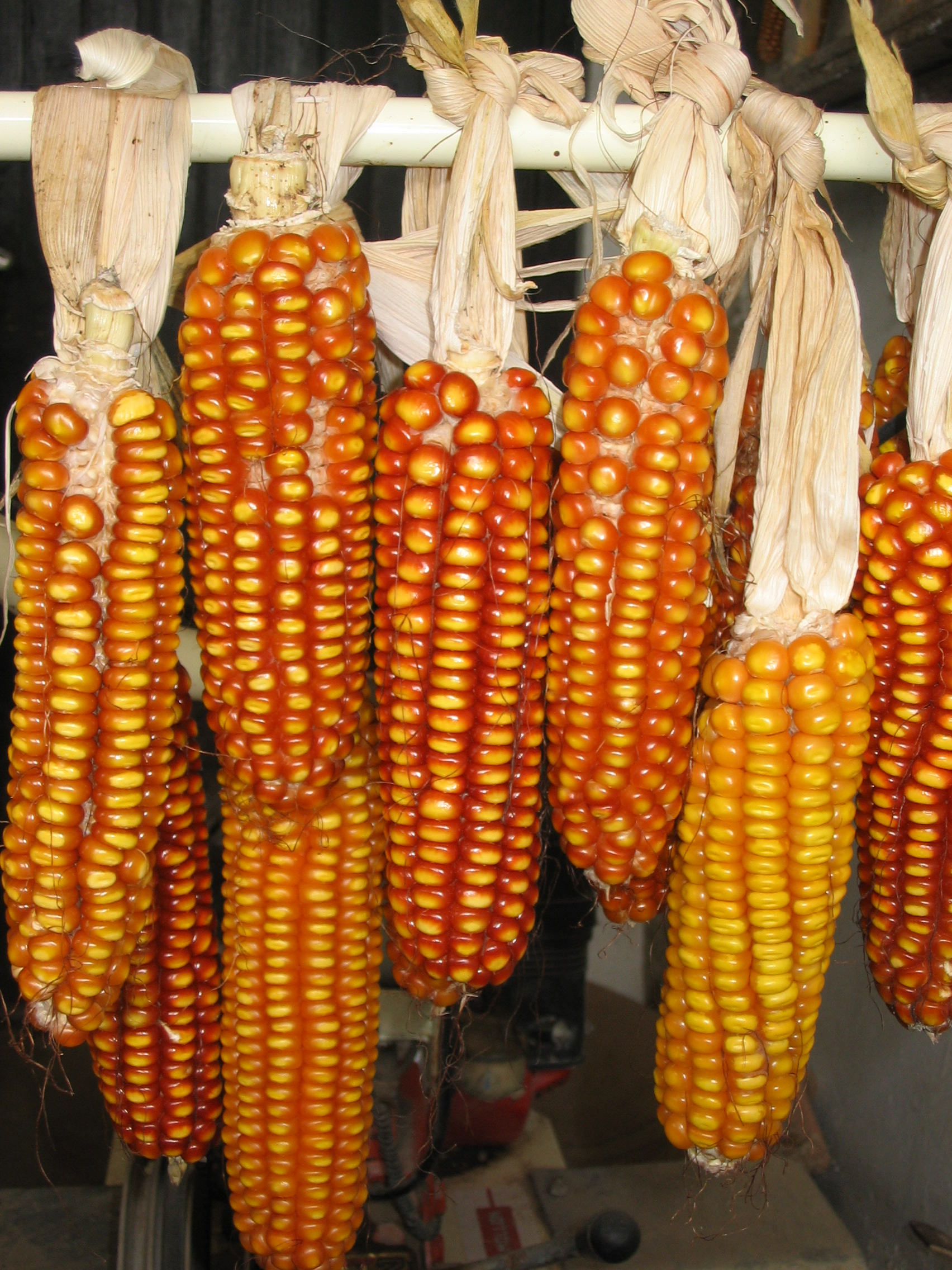Basque ethnography at a glance

Ears of maize drying. Labayru Fundazioa Photographic Archive.
Not much work would be done out in the fields during the winter. Inclement conditions did not allow it, and the soil was given a chance to rest. Farmers took advantage of this time of the year to tackle other chores which also required attention and dedication.
The ears of maize were removed from their husks (kapaxak, in Basque) and left to dry in the hayloft. Come winter, the entire family gathered in the kitchen and spent their evenings in threshing the maize ears (artoak garandu) while saying the rosary. To hit and shell (jo eta garandu) mature beans, pods (lekak) and all, was another seasonal chore done up in the loft or down in the porch.

Stack of firewood. Labayru Fundazioa Photographic Archive.
Likewise, this was a propitious time for the skilful farmer (moldea daukanak) to repair tools and utensils, be rakes (eskubarak), wooden shafts (zotzak), iron parts (burdinak), or grass troughs (estraminak).
At a time when men’s and women’s jobs were largely distinct, it was men who cut the winter’s supply of firewood (egurrak txikitu) and stored it safely in the farm to provide enough fuel both for the stove (txapea) and the hearth (behesua) throughout the year, especially during the coldest months.
Green branches (dardamak) of large holm oaks, abundant around the farmstead, were pruned and mixed with dry fodder to feed livestock. Fenugreek (ailorbea) and forage maize (artaberdea) were sown for the season and given to the animals along with feed.
Despite the weather, farmers braved the elements to set up and make any repairs to retaining walls in the mountain built to hold the soil or around the enclosures. With a coarse hessian sack worn as a hood (txotoa) to protect head and part of the shoulders from the rain, they continued to toil away.

Bingen Etxebarria shelling beans. Mungia (Bizkaia), 2010. Akaitze Kamiruaga. Labayru Fundazioa Photographic Archive.
The women of the household participated actively together with the men in work in the fields, but when winter hit, they took up sewing and darning bed sheets, aprons, trousers… The house was thoroughly cleaned: curtains, rags, windows…, and woolly, hard-wearing farm socks knitted.
Loaded on a packframe (asto-sillak), which could be made of wood or metal, over the back of a donkey or a horse, men and women equally hauled turnips and beetroot, for these are harvested in the winter and good food for cattle and pigs.
Segundo Oar-Arteta – Etniker Bizkaia – Etniker Euskalerria Groups
Translated by Jaione Bilbao – Language Department – Labayru Fundazioa
Reference for further information: Agriculture, part of the Ethnographic Atlas of the Basque Country collection.

